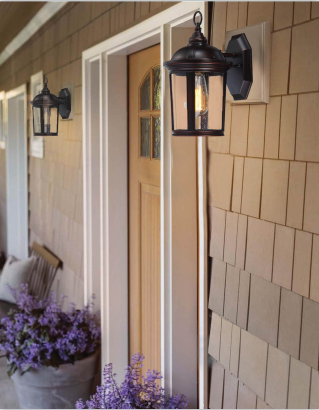**Detailed Valve Pressure Testing Principles?**
Under normal operating conditions, valves are typically not subjected to strength testing. However, after maintenance or in cases of valve body or cover corrosion, a strength test must be conducted. For safety valves, the set pressure and backseat pressure tests must follow the manufacturer’s instructions and relevant procedures.
Valves should be tested for both strength and tightness during installation. Low-pressure valves require a 20% inspection, and if any are found defective, a full 100% inspection is necessary. Medium and high-pressure valves must undergo 100% testing. During the test, the valve should be positioned in a way that allows easy access for inspection.
If a valve is welded, it may be tested using conical seals or O-rings when a blind flange test is not feasible. During hydraulic testing, air trapped inside the valve should be removed as much as possible. The pressure should be increased gradually—sudden pressurization is not allowed.
The duration of strength and sealing tests is generally 2 to 3 minutes, with important or special valves requiring up to 5 minutes. Smaller diameter valves can have shorter test times, while larger ones may need longer. If in doubt, the test time can be extended. During the strength test, no sweating or leakage should occur on the valve body or cover. Sealing tests usually require one test for general valves, but safety valves and high-pressure valves need two tests. Small, low-pressure, or non-critical valves may allow minor leakage, while power plant, marine, and other critical valves must meet strict leakage requirements as per regulations.
Throttle valves are not tested for closure sealability, but they should be tested for strength and sealing at the packing and gaskets. When closing the valve during testing, only normal human strength should be used, and tools like levers (except torque wrenches) should not be used. If the handwheel diameter exceeds 320 mm, two people may work together to close it.
Valves with an upper seal should be tested separately. After sealing, leaks should be checked. When using gas for testing, water in the stuffing box should be checked. For packing tightness, the upper seal should not be in a fully closed position.
If a valve has a drive mechanism, it may be used to close the valve for leak testing. Manual devices should also be used to close the valve for sealing tests. Bypass valves installed on main valves should be tested along with the main valve. When the main valve is open, its closing member should also be opened.
For cast iron valves, a copper hammer should be used to tap the body and cover during strength testing to check for leaks. Except for plug valves, which may allow oil on the sealing surface, other valves must not be coated with oil on their sealing surfaces.
During pressure testing, the blind plate pressure should not be too high to avoid deforming the valve and affecting test results. Cast iron valves, in particular, can be damaged if over-tightened. After testing, all water inside the valve should be drained and cleaned, and a detailed test record should be made.
Outdoor Wall Sconce,Outdoor Lamp Wall Sconce,Outdoor Wall Lantern,Modern Outdoor Wall Lamp
Zhengdong Lighting Co., Ltd. , https://www.sundint.com
